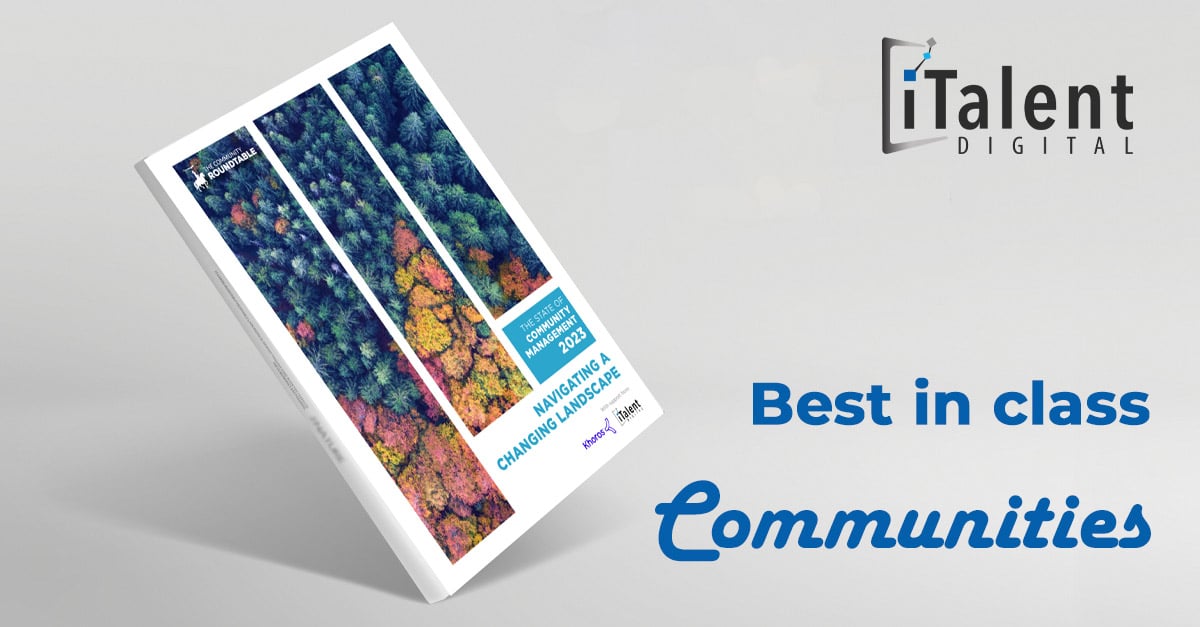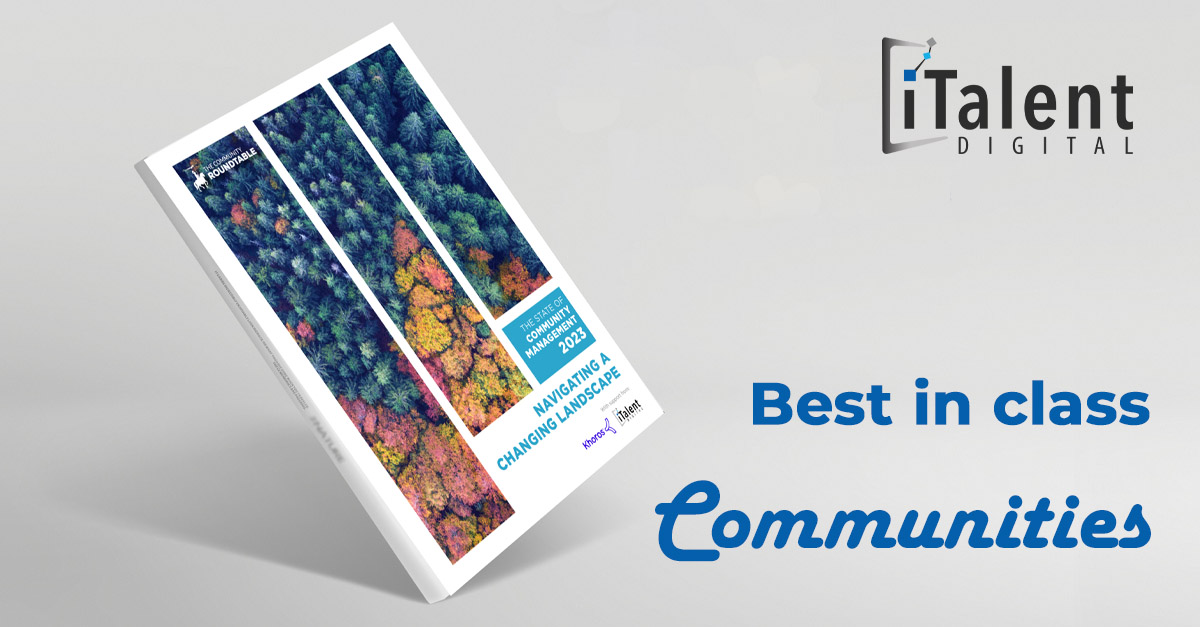5 must-have components of a best-in-class community

If you have been around the community space for any length of time, then you are probably familiar with The Community Roundtable. Every year, they release a research report called The State of Community Management (SOCM).
This report really should be required reading for any community manager and broader community team. If I were running a community, I would probably spend an entire day with my community stakeholders around the insights and findings in this report.
In this article, I examine the five essential components of a best-in-class community, as detailed in the 2023 report.
While the report itself has evolved over the years with iterative improvements, broader participation and more acute analysis, this year added a critical new element. For every area of research, The Community Roundtable (CRT) included a new Best-in-Class section. They outline the necessary components for a community to be considered best-in-class:
- An approved community strategy
- An approved community roadmap
- A formal community leadership program in place
- Definition of most community roles
- Established policies and guidelines
Of all the participating communities that contributed to this year’s SOCM report, only 12% were able to check all the above boxes. Perhaps even more interesting is the resulting evidence of metrics and outcomes. Not surprisingly, this group of BiC communities also tend to be category-leading in each of the measured outcomes.
If we take this report as a valid broader representative sample across the community landscape, I think it’s fair to say that only ~12% of all communities qualify as BiC. We have some work to do! To state the obvious: these attributes are not optional if you aspire to develop a world-class community!
Allow me to take this further.
My challenge to online community managers
My challenge to all community managers is two-fold. First, using these components as a self-grading evaluation, what components do you have and what are missing? If there are gaps, you should begin to prioritize filling in the missing pieces.
Secondly, for the components that you do have in place, I would suggest this is not a static “yes/no” checkbox, but rather a sliding scale of competency. Grade yourself in each attribute and develop a working plan for improving and/or updating these areas on a regular basis.
If we think about running a community like we do a company and build in the appropriate amount of accountability, I think we will see significant strides in community-building.
A rising tide lifts all boats, and the community space is no different. As an exercise, replace the word community with the word company in the five BiC attributes and this starts to make a lot of sense.
Inspecting the list further, there is a common theme among them and I feel they are all tied to the top two items: a clear strategy and a well-developed roadmap. Without these two critical components, the rest are not as meaningful.
How iTalent Digital can help
iTalent Digital helps our clients in building all these components, paying special attention to community strategy and building out a 12-month roadmap for your community. Please reach out to us at khoros@italentdigital.com if we can help you with any of these components.
Let’s help define the next best-in-class community in the ever-evolving State of Community Management report!
In a future article, I am going to discuss a red thread that runs as a consistent theme in the SOCM report across the community management functions. Look for that in the coming weeks!
You may also like:
5 box-bursting innovations for your Khoros community
Threats and opportunities of generative AI for enterprise communities
Make community management more efficient and scalable with Khoros ACM



